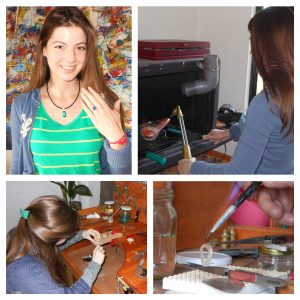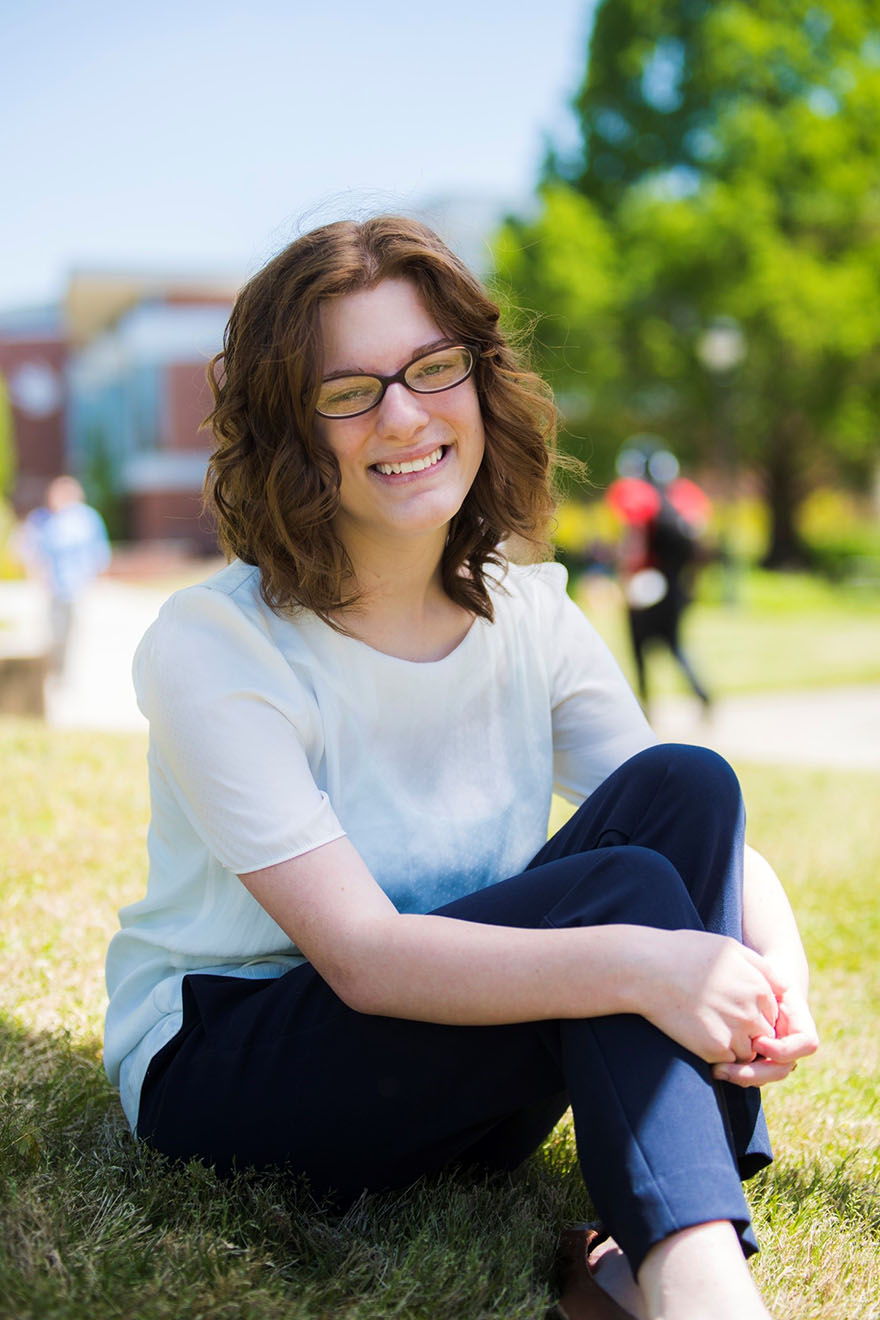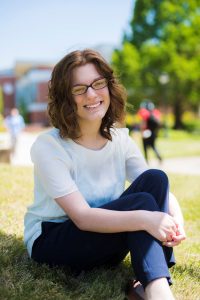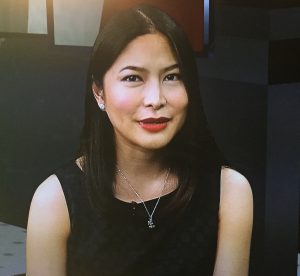
Karen Jimeno
By Karen Jimeno, Fulbright Foreign Student, the Philippines
The first time I heard about Williamson, West Virginia, I had no clue where it was. Growing up in the Philippines, I had heard about New York and other U.S. cities like San Francisco and Miami through movies and magazines. John Denver’s famous song “Take me Home, Country Roads” was the most familiarity I had with West Virginia. I learned from my Google research that Williamson was once a prosperous coal mining town, but its commerce and population declined after devastating floods and the collapse of the coal industry. Other articles painted a bleaker picture of what I should expect—a poor area full of “hillbillies.”
Spending a week in Williamson with Fulbright-Amizade made me realize how perceptions can be misleading, or outright inaccurate. In this era of misinformation and unreliable sources, there is nothing like first-hand experience to understand people and places. I share here lessons I learned while discovering the “true” Williamson.
Purpose & Passion
I met 21-year old Chandler when we visited Williamson’s fire department. Chandler had something I rarely see these days: so much passion and love for his job. He beamed with pride as he told us of his family legacy, as his father and grandfather had worked for the same fire department. I later found the same passion and sense of purpose among the lawyers at the Public Defender’s Office, and among the medical staff and doctors of the Williamson Health & Wellness Center. As a lawyer, I was particularly inspired by Chief Public Defender Teresa McCune who, after 20 years in that office, is still excited about going to work every day.
Love & Family
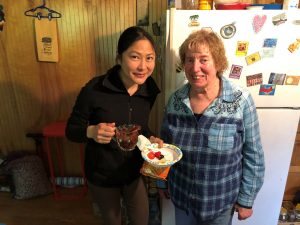
Mrs. Starr shared with me her family’s home-made chocolate syrup recipe. It was delicious!
We spent a day working at the Starr Family’s Honey Bee Farm. As Arlene Starr stood in her kitchen preparing snacks for us, she shared how she got into a car accident while her brother was driving through Williamson. While getting treated for an injury in the ER, she told the medical attendants that it was her first time in Williamson and she never planned to come back. “Over 40 years later, I’m still here,” Arlene continued with a smile.
The ER is where Arlene met her husband Paul Starr. They settled in Williamson and raised a close-knit family. Arlene showed me the room where her grandkids stay during their visits, the beds clad with handmade quilts. I’ve always prided myself as coming from a Philippine culture where family ties are strong. I discovered that we share those same values with Americans like the Starr family, whose warmth and hospitality made us, a group of foreigners, feel welcomed and loved in their home.
Heritage & Identity
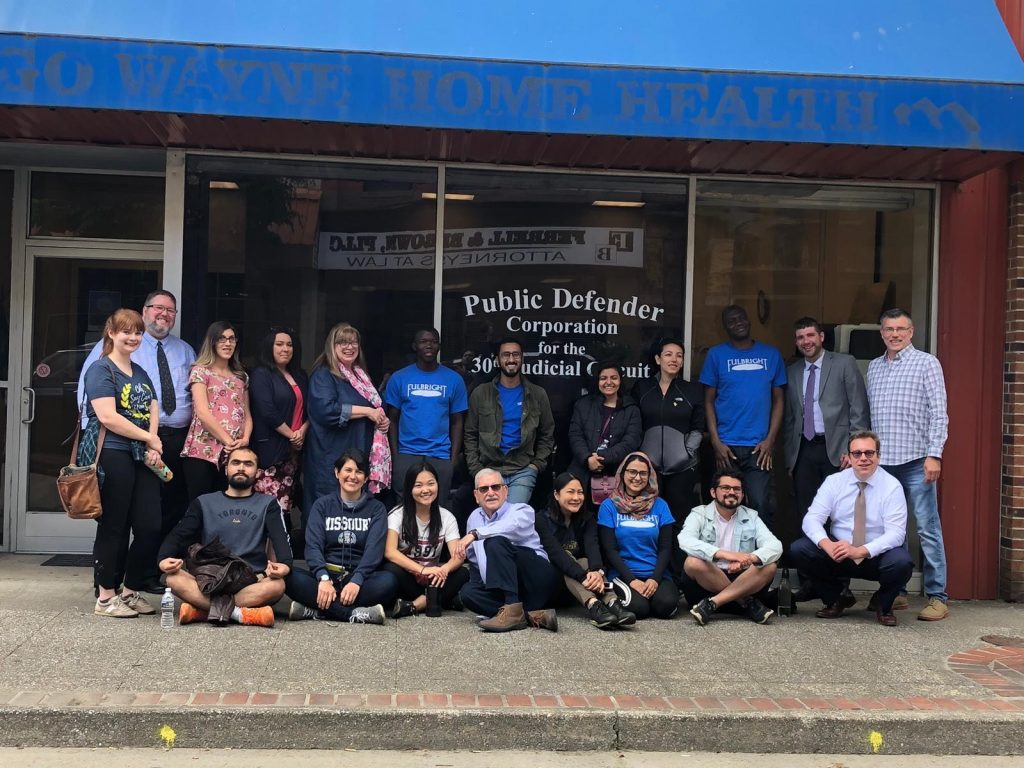
William Duty III graciously poses for a photo with the Amizade crew!
William Duty III, or “Papa Bill,” as he is fondly called in the community, hails from a family of lawyers. His son, William IV, is now one of the lawyers at the Public Defender’s Office. While Papa Bill and his family have the financial means to live anywhere, they choose to remain in Williamson. Lawyer Jim and his father Dr. Leo Pajarillo (who happen to be Filipino by ethnicity) have built their careers in Williamson despite opportunities elsewhere. America’s Got Talent winner Landau Eugene Murphy Jr. could be living a celebrity lifestyle elsewhere, but he remains a down-to-earth guy who prefers to keep the Williamson area as his home.
Heritage and identity have kept talented people in Williamson. Chris Dotson, who leads Williamson Forward, an organization which showcases developments in Williamson, shared why they try to break misconceptions and improve the town’s quality of life: “I want my son to have something to come home to, should he want Williamson to be his home.” I admire the absence of pretention. Amidst global movements toward sustainability, the people of Williamson acknowledge their coal heritage while striving to reinvent their city to be better.
Choices & Change
In the midst of an opioid crisis, Durand Warren and his team at the Williamson Recovery Center emphasized that “the community really has to get together” to solve this problem. The community of Williamson has banded together to change lifestyles, promote employment, and aid recovery from drug problems. During our visit, we watched the movie “Choices”—Ron James’ real-life story of addiction and recovery. Ron James, who was present at the movie screening, is living proof that change and positive transformations are possible. These interactions were particularly touching for me because my home country is also struggling with drug problems. Through Williamson’s programs, I witnessed how holistic approaches to rehabilitation are possible.
Community
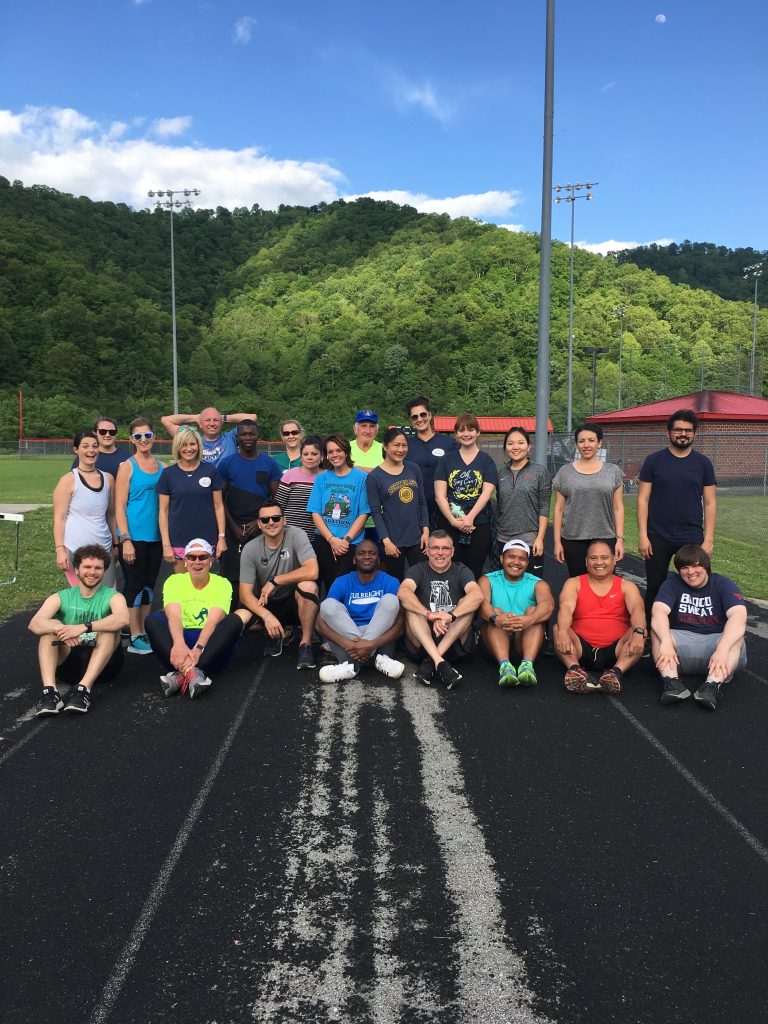
Last but not least, the group of all-star Amizade volunteers!
The sense of community in Williamson is exceptional. I ran with wellness coach Alexis Batausa and the Tug Valley Road Runners Club for their Tuesday Night Track event and saw how community members supported each other in adopting a healthier lifestyle. While walking around Williamson with Nate Siggers, Amizade Site Director, I saw people stop to greet him. This was not just a town—it was a community of people that truly cared for and felt connected to each other.
Faced with challenges, Williamson has emerged with a strong sense of identity. It is brimming with beauty—not only in Appalachia’s natural landscapes, but more importantly in its people. I left Williamson feeling inspired, uplifted, and full of ideas that I want to take back to the Philippines. Our learning experience was a two-way street. As much as I was able to get rid of my erroneous perceptions about Williamson, I also clarified misconceptions about the Philippines. I had an amusing conversation with a Williamson local who told me he was on the verge of visiting the Philippines but backed out after watching an episode of “Locked-up Abroad.”
After a week, I now have friends from Williamson and from 11 different countries. I gave seven days of my time, and in return received lessons and friendships for a lifetime.

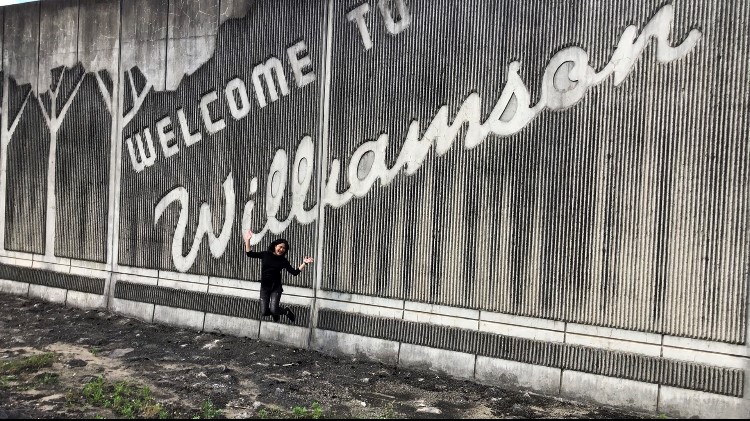
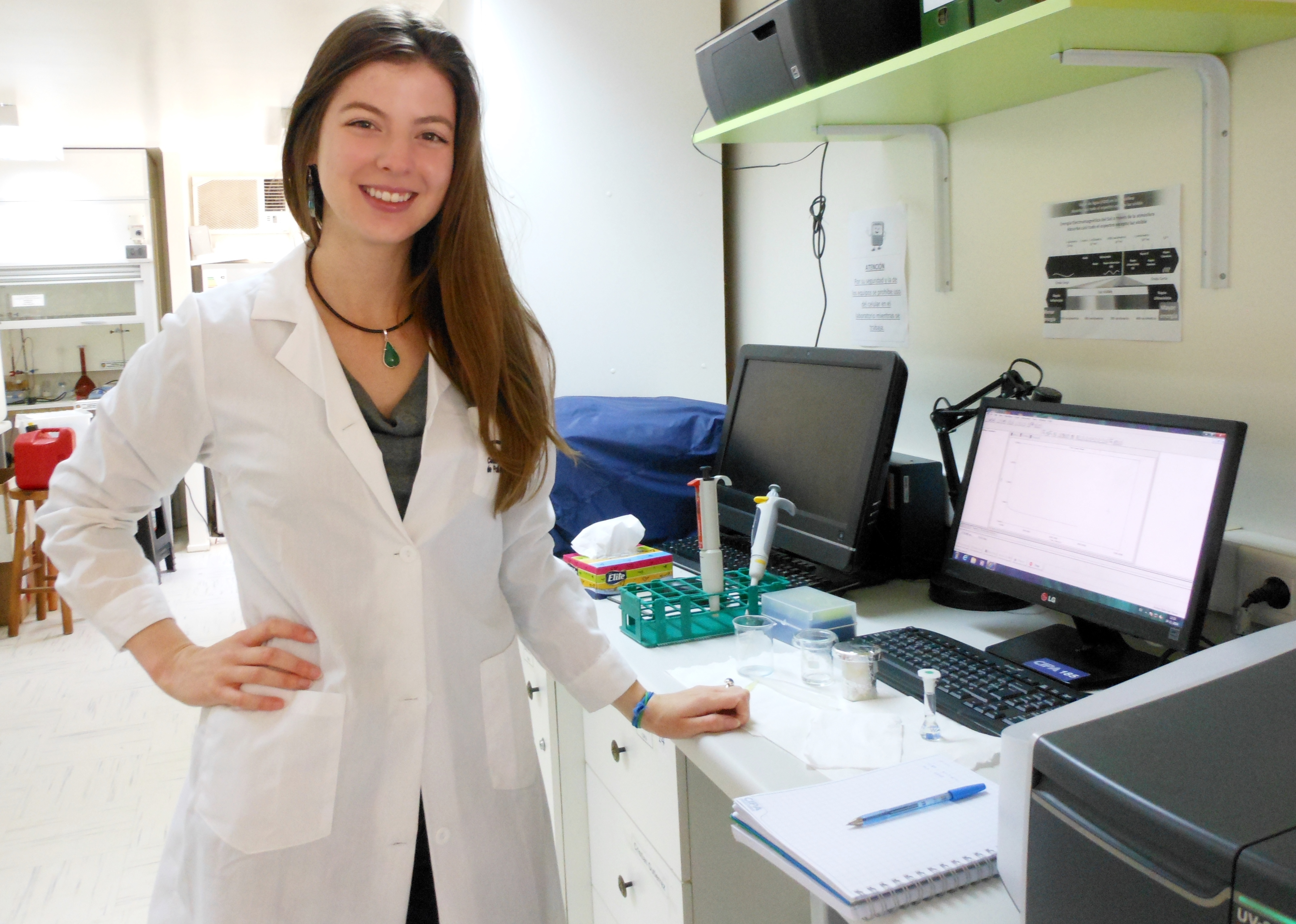
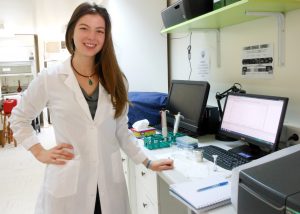
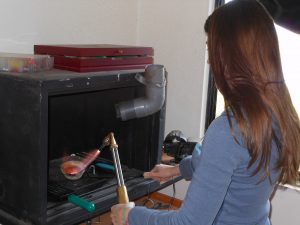 In the 3 months of my apprenticeship, I had the joy of learning metallurgy from a practical, artistic point of view. Thrillingly, this included working with a flame! My professor would explain why we need to alloy the silver (plata) with another metal to increase its strength and our ability to cold-work it—practical evidence for engineering themes I had already learned at Drexel University. I developed vocabulary I would not have learned in my scientific lab: some words I didn’t even know the equivalent of in English. When it came time to begin a new piece, my professor took me to select a stone from another artist who had rooms full of beautiful raw and polished ones, both common and rare, indigenous treasures of Chile. During my year in Chile I also purchased lapis lazuli jewelry (an indigenous stone of Chile) from local vendors, but the pride I felt upon completing my own pieces, start-to-finish, was incomparable.
In the 3 months of my apprenticeship, I had the joy of learning metallurgy from a practical, artistic point of view. Thrillingly, this included working with a flame! My professor would explain why we need to alloy the silver (plata) with another metal to increase its strength and our ability to cold-work it—practical evidence for engineering themes I had already learned at Drexel University. I developed vocabulary I would not have learned in my scientific lab: some words I didn’t even know the equivalent of in English. When it came time to begin a new piece, my professor took me to select a stone from another artist who had rooms full of beautiful raw and polished ones, both common and rare, indigenous treasures of Chile. During my year in Chile I also purchased lapis lazuli jewelry (an indigenous stone of Chile) from local vendors, but the pride I felt upon completing my own pieces, start-to-finish, was incomparable.